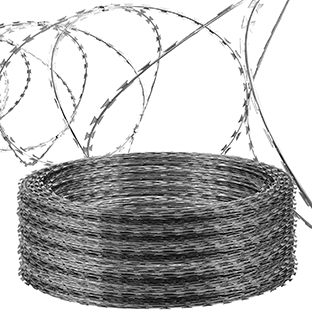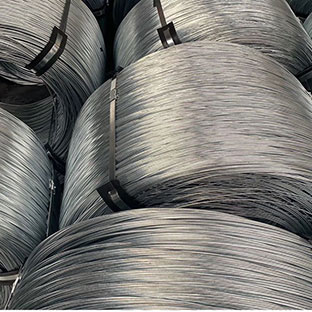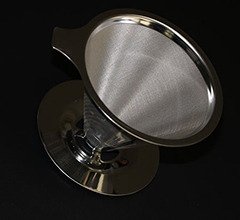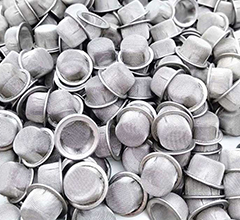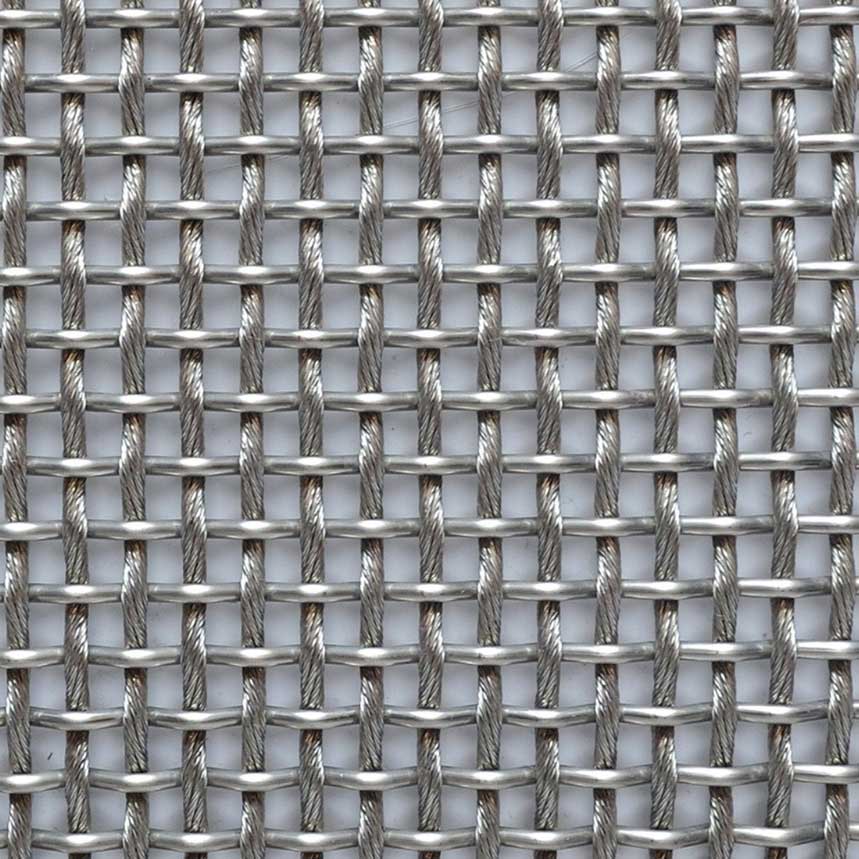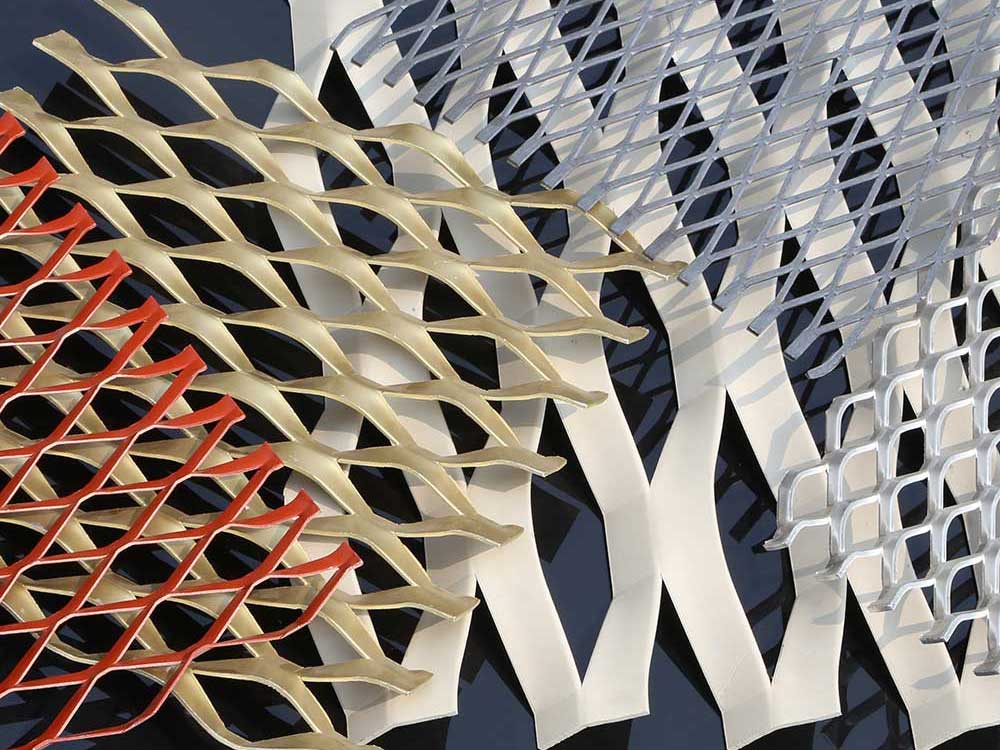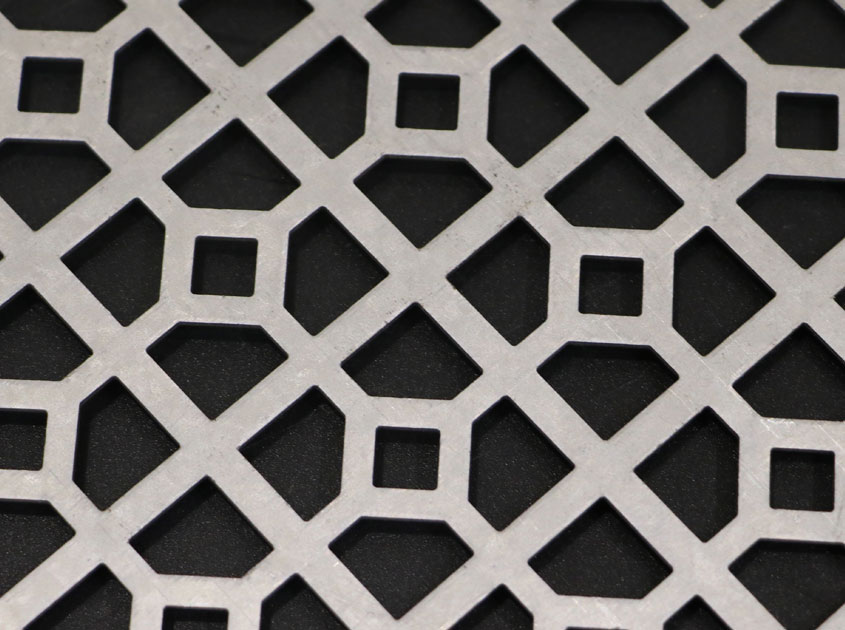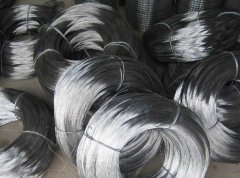Galvanized wire mesh is widely recognized for its excellent resistance to rust. Rust, or iron oxide, is a common problem that occurs when iron or steel is exposed to moisture and oxygen over time. In this article, we will delve into the topic of galvanized wire mesh and its exceptional rust resistance. We will explore the galvanization process, the protective properties of the zinc coating, and the long-term benefits of using galvanized wire mesh in various applications.
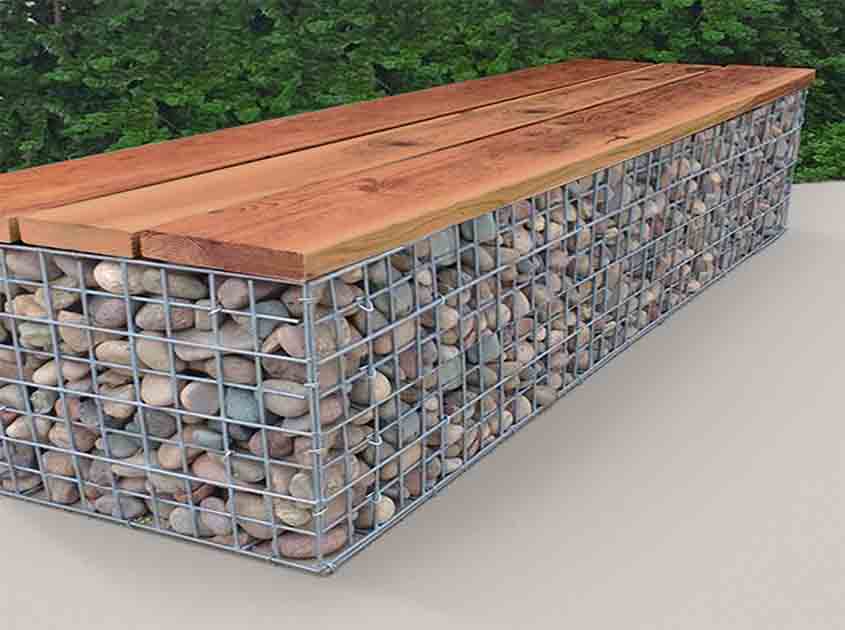
The Galvanization Process:
Galvanized wire mesh undergoes a meticulous galvanization process to enhance its rust resistance. This process involves immersing the wire mesh in a bath of molten zinc, creating a protective layer on its surface. The zinc coating bonds metallurgically with the base metal, forming a barrier that shields the wire mesh from corrosive elements.

Barrier Protection:
The zinc coating acts as a physical barrier between the wire mesh and the surrounding environment, preventing moisture and oxygen from reaching the underlying steel. These two elements are essential for the formation of rust. By effectively isolating the steel substrate, the zinc coating significantly reduces the risk of rust formation on the wire mesh.
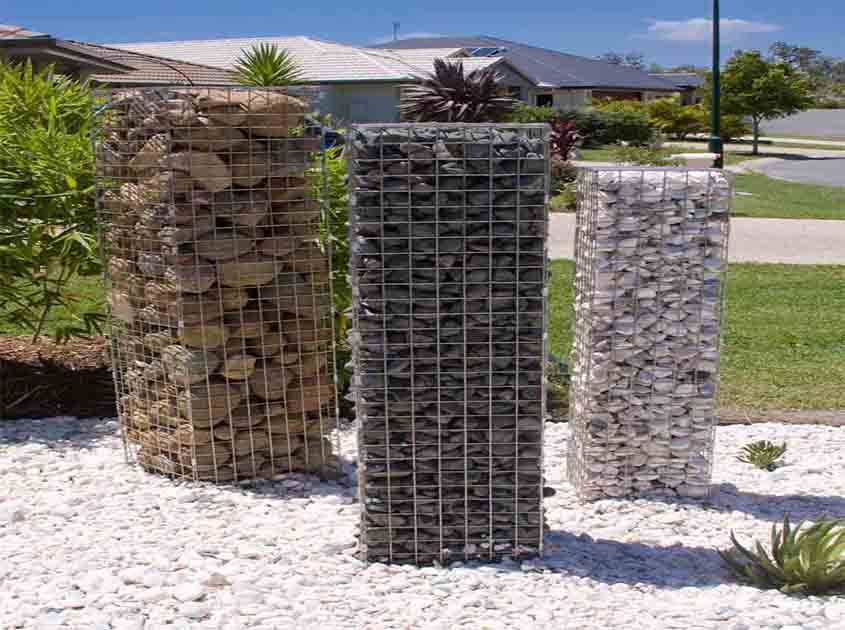
Sacrificial Protection:
One of the key attributes of galvanized wire mesh is its sacrificial protection mechanism. In the presence of corrosive elements, such as moisture or chemicals, the zinc coating sacrifices itself to protect the steel beneath. Zinc is more reactive than iron, and as a result, it corrodes preferentially, safeguarding the integrity of the wire mesh. This sacrificial action ensures that even if the zinc coating is damaged, the underlying steel remains protected against rust.


.jpg)




.png)






































